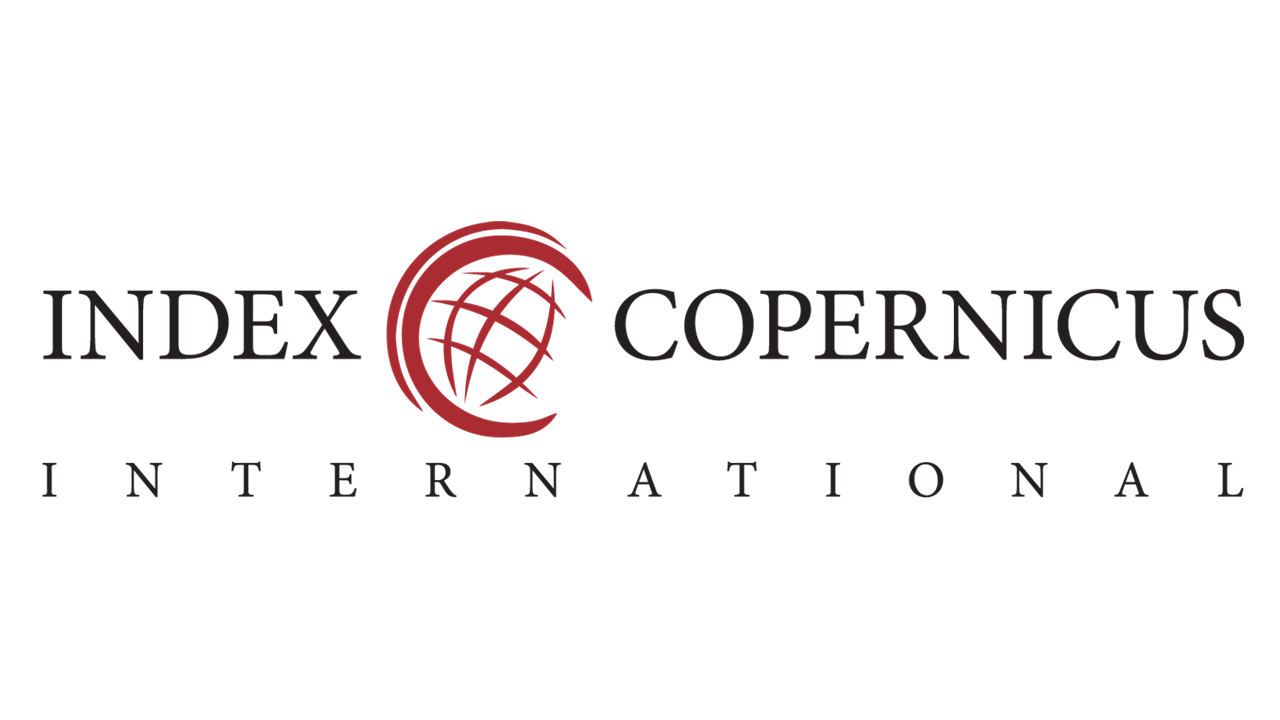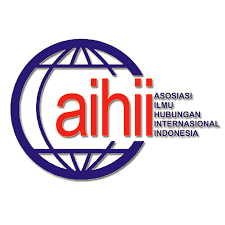TRAGEDI CHEONAN 2010: DILEMA KEAMANAN ASIA TIMUR
DOI:
https://doi.org/10.31315/jsdk.v10i1.2596Abstract
This paper aimed to discuss the crisis on the Korean Peninsula. The 2010 Cheonan tragedy became a momentum for political instability in the East Asia region. Based on the theory of Balance of Threat (BOT), when there is an imbalance of threats (from other countries or coalitions), a country will build an alliance or increase its internal capacity to reduce its vulnerability. Increasing alliances between South Korea and the United States have resulted in a security dilemma of East Asia neighbour countries. It examines the alliance of South Korea-the United States argued as an embodiment of Korea's national interests which must defend itself from a threatening environment. This is influenced by the history and rollercoaster relations with North Korea. In dealing with Cheonan tragedy, Russia supported North Korea by stating that North Korea did not need to be responsible. China abstained from the UN Security Council and was disrupted by US and South Korean military exercises. Meanwhile, Japan is seeking a trilateral agreement to increase security cooperation in East Asia with South Korea and the United States. The U.S. continues to apply economic sanctions and international pressure to bring North Korea back to the negotiation agenda.
Downloads
Issue
Section
License
1. Copyright of this journal is possession of Editorial Board and Journal Manager, by the knowledge of the author, whilst the moral right of the publication belongs to the author.
2. The legal formal aspect of journal publication accessibility refers to Creative Commons Atribusi-Non Commercial-No Derivative (CC BY-NC-SA), implies that publication can be used for non-commercial purposes in its original form.
3. Every publication (printed/electronic) are open access for educational purposes, research, and library. Other than the aims mentioned above, editorial board is not responsible for copyright violation










